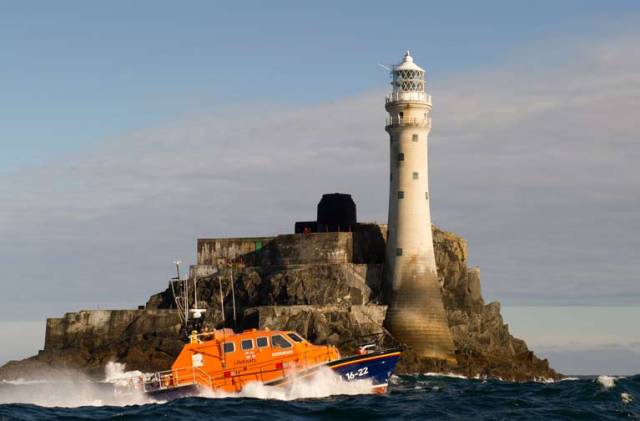Baltimore RNLI rescued two sailors this morning (Thursday 23 May) after their 30ft yacht ran into navigational difficulty at the mouth of the Ilen River in West Cork.
Baltimore RNLI’s all-weather lifeboat under Coxswain Aidan Bushe and with six volunteer crew members onboard was already on the river at 11.10am when it was requested to divert to the scene and go to the sailors' aid.
The yacht was on passage to Baltimore when the sailors got into difficulty and the vessel ran aground on rocks in strong tidal conditions.
Weather conditions were otherwise good at the time with clear visibility, a smooth sea state and a light to light westerly wind.
Once on scene, the lifeboat crew checked that the sailors were safe and well before working with them to set up a tow line. The lifeboat proceeded to pull the yacht off the rocks and after checking that the boat was not damaged and that the sailors could make their way to Baltimore unaided, the lifeboat departed the scene.
Speaking following the call out, Baltimore Coxswain Aidan Bushe said: ‘Even the most experienced sailors can get into difficulty and we were happy to be of assistance to the yacht’s crew this morning. As we approach the summer, we would remind people of the importance of knowing their buoyage. Knowing your sea marks can mean the difference between having a good day out or running into problems.
‘Regardless of activity, we would remind everyone to respect the water. Always wear a lifejacket and always carry a means of calling for help. Check the weather forecast and tide times and make sure someone ashore knows where you are going and what time you are due back. Should you get into difficulty, call 999 or 112 and ask for the Coast Guard.’































































